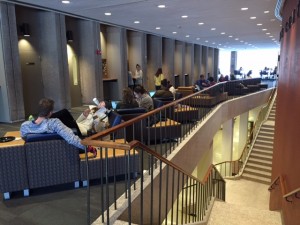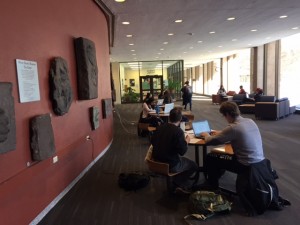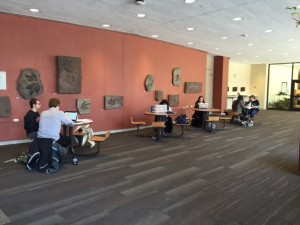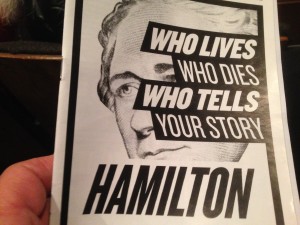Over the years I’ve occasionally given a seminar called Photography and Representation. We examine how photography has affected how we remember and forget, how we tell the truth, how we lie and how we make art. I started teaching it when I worked at the Getty Research Institute, and we were able to use its extraordinary collection to shed light on how great photographers have changed our relationship to the past and to the present.
Historical events can change one’s relationship to history; so can personal traumas. These came together for many people in the attacks on the World Trade Center on September 11, 2001. Those who were in New York that day, and those connected to the people present were marked — in many cases indelibly. In the wake of the attacks a photographic archive began to form, and it was exhibited and then published under the title here is new york. Everyone was invited to submit their pictures — from little kids and tourists with disposable cameras to accomplished professionals. It was labeled a “democracy of photographs.” This is from the Introduction to the massive volume:
What was captured by these photographs — captured with every conceivable kind of apparatus, from Leicas and digital Nikons to homemade pinhole cameras and little plastic gizmos that schoolchildren wear on their wrists — is truly astonishing: not only grief, and shock, and courage, but a beauty that is at once infernal and profoundly uplifting. The pictures speak both to the horror of what happened on 9.11 (and is still happening), and to the way it can and must be countered by us all. They speak not with one voice, but with one purpose, saying that to make sense of this terrifying new phase in our history we must break down the barriers that divide us.
Charles H. Traub and Aaron Traub recently gave Wesleyan a large selection of these images, in honor of Professor David Schorr and David Rhodes ’68, President of the School for the Visual Arts in New York. The collection is one of only a few deposited with universities or museums, Wesleyan’s Curator of the Davison Art Center Clare Rogan told me. This is an important addition to our photography holdings, and I look forward to working with the pictures alongside students next time I teach that seminar.
Photographs have grown increasingly ubiquitous, so much so that it is difficult to determine which images will retain meaning over time. But history and trauma have elevated some photographs beyond the ordinary such that they become scars of memory — marking their own times and connecting to those of future beholders. Such is the case with the collection here is new york.






